The world’s cities are changing. Paris’s Champs-Élysées, one of the most gridlocked roads in the world, is going to become a giant garden. Barcelona has closed off its oldest quarters to cars. And now Milan is on the path to becoming the world’s first 15-minute city (read on to find out what that means).
It seems the pandemic, for some, became a moment to reimagine how we see the future of our oldest cities. Why? Well, there was a small exodus out of our urban spaces during the pandemic. It was the slightest of pauses in the net migration from rural to urban areas that has taken place for decades. Those who could afford to leave left. For those who remained, the lockdowns and restricted movement shone a harsh light on most cities’ biggest flaws: clogged roads, polluted air and a dearth of green, communal spaces.
Now, it seems that pause has inspired the world’s urban planners to rethink how cities around the world can evolve to take a different course. At this fork in the road, here’s how our cities could change course after the pandemic.
Create 15-minute cities
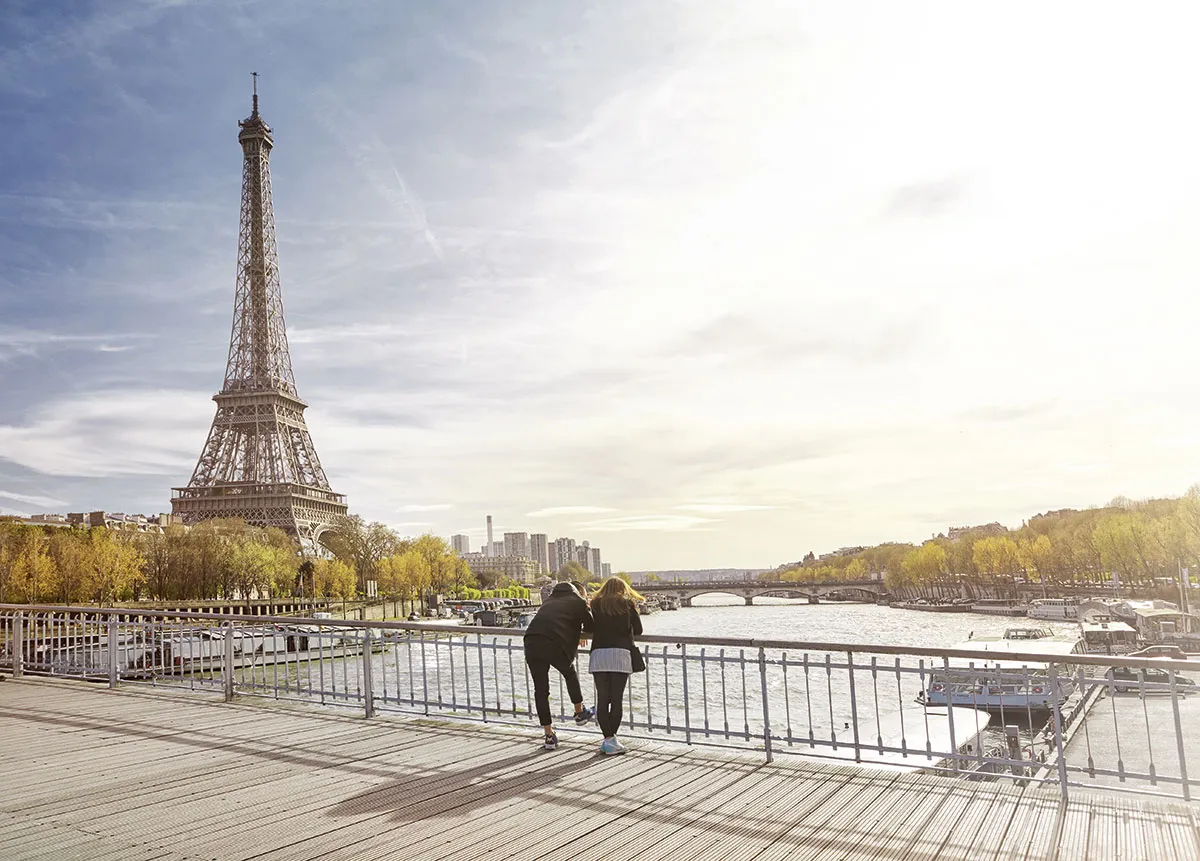
An idea that’s catching on in capitals around the world is the 15-minute city. This changes the city from a dense centre with surrounding suburbs into a series of hubs within which are shopping and entertainment facilities. None of these hubs is more than a 15-minute walk or cycle from where people live, and many people may live close to more than one hub.
The 15-minute city idea comes from Colombian academic Carlos Moreno, a professor at the Sorbonne University in Paris, and has caught the attention of Paris’s mayor, Anne Hidalgo. In the French capital, the 60km of temporary cycle lanes opened in the city during the pandemic are being made permanent, with more lanes planned for the future.
Creating 15-minute cities relies on new infrastructure, however, to allow people to walk and cycle safely to their destinations, and this can create problems. “A complicated, fast-moving system where 70 million people all, at the same time, understand, agree and accept the rules is not going to happen,” says Dr Ian Walker, professor of environmental psychology at the University of Surrey.
“It’s far better to have a system where it doesn’t matter whether you agree with the rules or not, it’s still safe. An extreme example is that pedestrians can’t go on the motorway, so drivers can’t hit them there. You can start to do things like that in towns if you have a segregated cycle infrastructure, or better still, a segregated driving infrastructure that keeps the drivers safely out of the way of everybody else.”
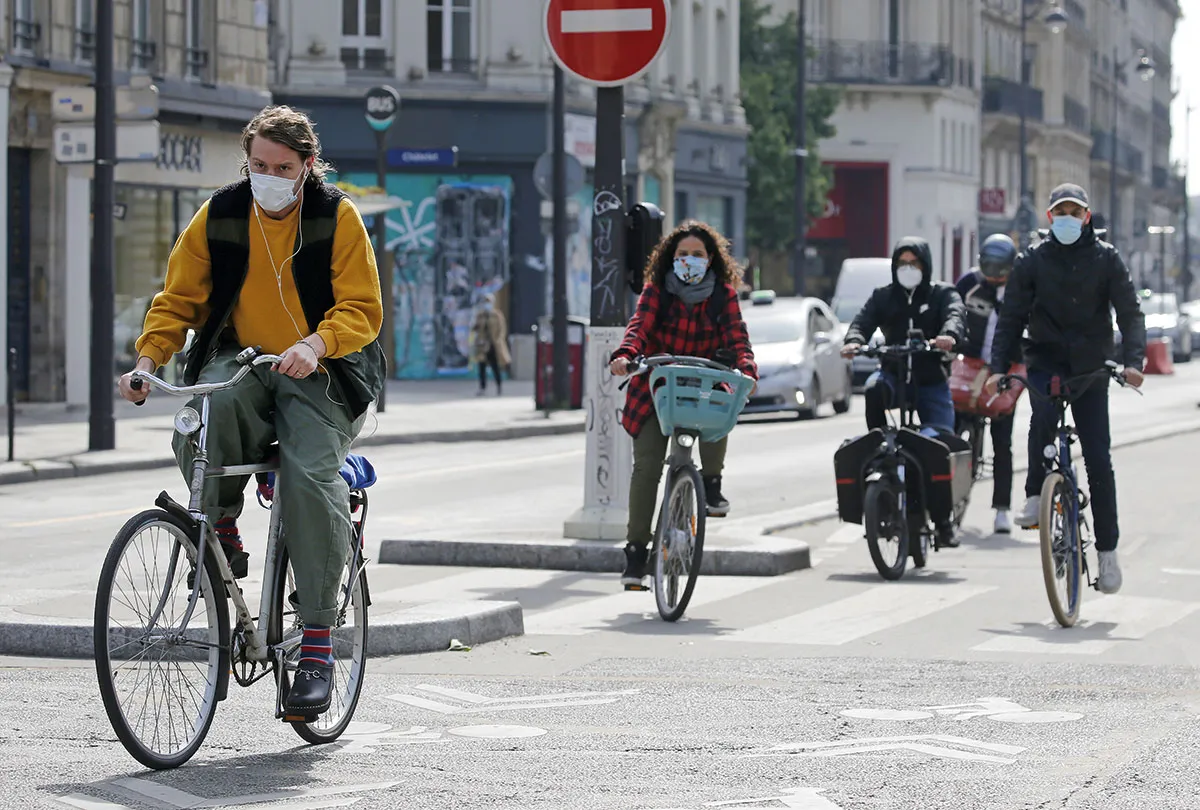
The future goals of the Paris plan echo Walker’s sentiments. Enough segregated cycle lanes are being created so that they can be used for most bike journeys of a kilometre or so, while the main junctions that feed traffic into the centre from the Boulevard Périphérique are being made safer for cyclists coming from the suburbs. A huge number of metal arches for chaining bikes to during the day are also expected to appear on the city’s streets, along with 50,000 additional cycle parking spaces in car parks and outside housing developments.
Moreno’s 15-minute city concept won the 2021 Obel Award, an international prize to honour outstanding architectural contributions to human development. The award’s jury recognised the benefits of the 15-minute concept, releasing a statement that said, “The 15-minute city is an intuitive concept and has the capacity to deliver tangible change in people’s lives. For these reasons, it has proven easy to translate into political programmes and policies that transform cities.”
And it’s not just Paris. There has been interest in the 15-minute concept from Latin America, while Moreno has been giving presentations on his ideas in China. Limited trials have also begun in cities such as Houston, Milan, Brussels, Valencia, Chengdu and Melbourne. The C40 Cities, a global network of large cities committed to addressing climate change, embraced the 15-minute city framework in 2020 as part of the Agenda for a Green and Just Recovery.
Rewild the city
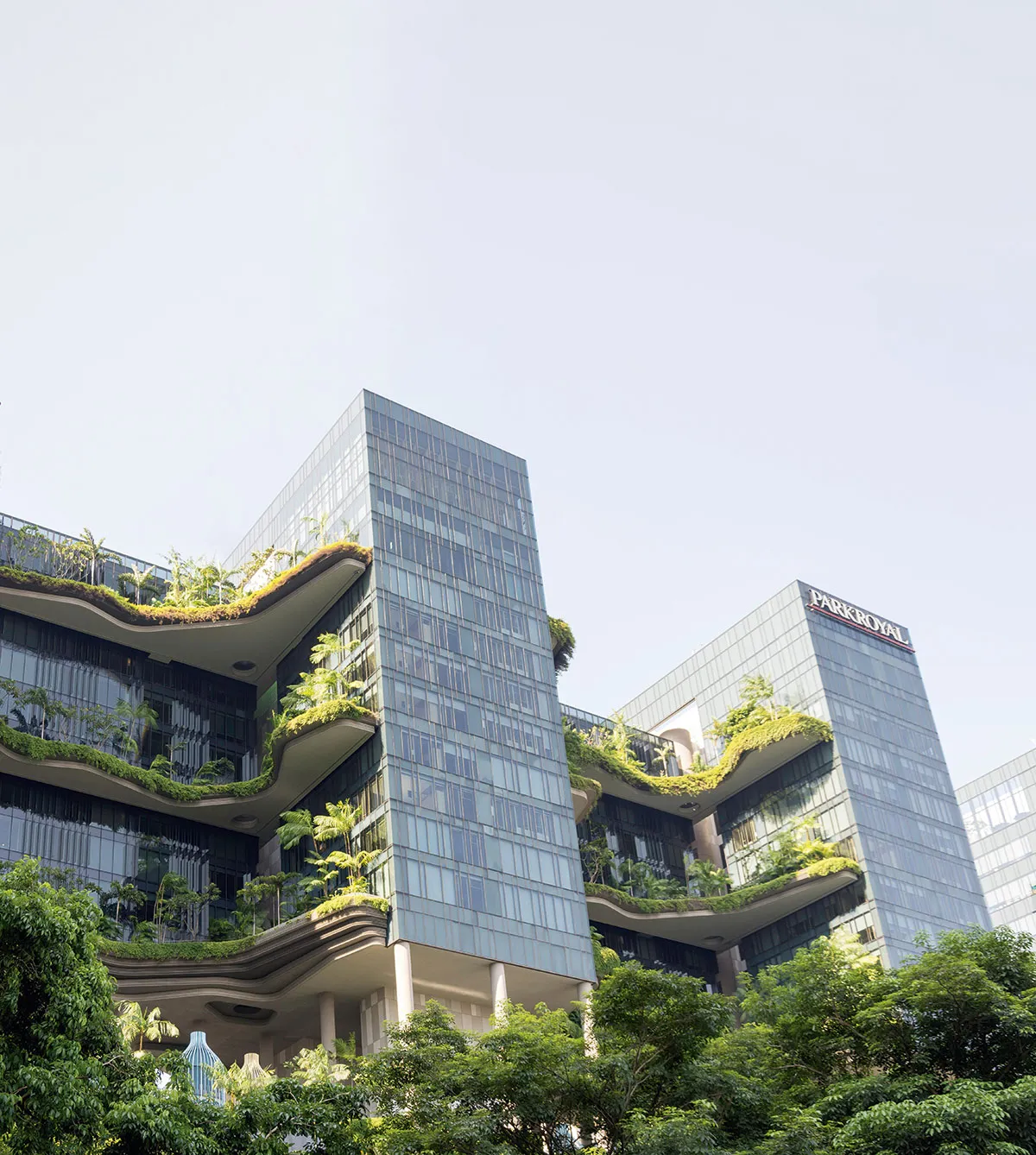
The COVID pandemic left many people appreciating the outdoors more than ever, finding that time spent in nature relaxed them and improved their mental health. With people unable to travel long distances, they sought green spaces closer to home, such as gardens and the local parkland. There has since been growing calls to rewild our cities so we can continue to enjoy this connection with nature in years to come.
The benefits of being among nature are backed by science too, with studies showing a link between improvements in mental health and nearby green spaces. According to a 2018 trial of 342 participants in the US, feelings of depression decreased by 41.5 per cent for those living near vacant city lots that had been ‘greened’ than a control group that didn’t.
With cities responsible for 80 per cent of the world’s greenhouse gas emissions, they contribute heavily to climate change. And with so many built at sea level, they’ll disproportionately feel the effects. An injection of green into urban spaces can help with carbon absorption, improve air quality and mitigate flooding. To this end tall buildings in Singapore are being built with vertical gardens on their sides, while lessons learned from termite nests are being used in Zimbabwe to design buildings that stay cool without air conditioning.
There’s also some evidence that poor air quality could affect the microbiome in our digestive systems, causing inflammation of the gut and leading to conditions such as Crohn’s disease or appendicitis. The work of Prof Gilaad Kaplan from the University of Calgary suggests air pollution disrupts the protective barriers on the intestinal walls.
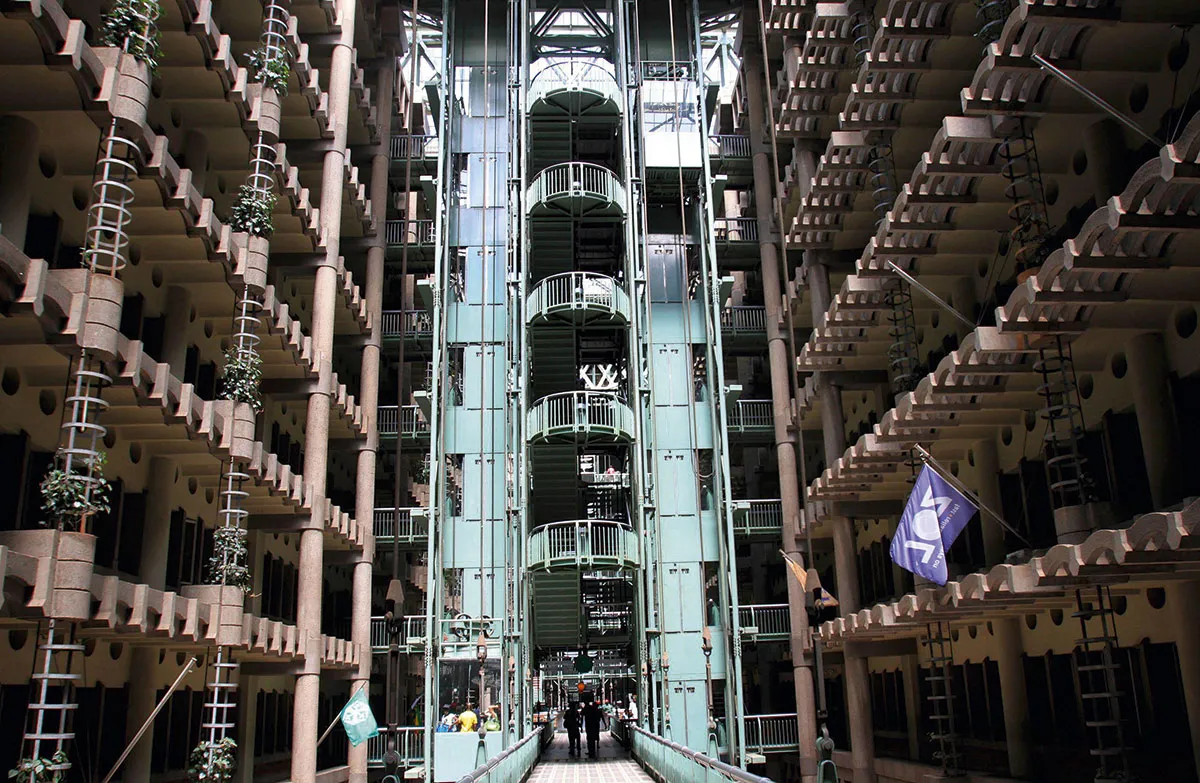
A 2017 paper published in The Lancet showed that inflammatory bowel disease is more prevalent in industrialised, urban societies, while studies at Ohio State University that exposed mice to air pollution saw them become anxious and depressed, grow more body fat and become less sensitive to insulin than a control group breathing filtered air.
A study of more than 600 children in Belgium found that an extra 2.6 points could be added to IQ scores just by increasing the greenery in their environment by 3 per cent, with larger increases at the lower end of the spectrum. Digging into the data, trees were found to be more beneficial to children’s development than open land such as farms. Meanwhile, a study from the London School of Economics suggests that crime is lower in areas with trees, with the research finding that for a “10 per cent increase in tree canopy cover, there was a 15 per cent decrease in the violent crime”.
In the UK at least, moves are afoot to increase the green canopy. The Urban Tree Challenge Fund, launched by the UK government in 2019, offers money to communities to plant trees, with the aim of planting 30,000 hectares of trees a year across the UK by 2025.
Reimagine the high street
Being forced to stay at home during the pandemic led many people to realise that they quite liked remote working, and that they weren’t keen to return to their city-centre offices on a full-time basis. This has had knock-on effects, with shops getting fewer customers, and employers starting to wonder why they’re renting all that expensive city centre office space.
So how could our city centres change? One idea is to turn them into more active areas, dedicated to doing rather than just buying. That means an increase in cafés, bars, restaurants and cinemas. Post-COVID, open-air markets are increasingly seen as safer places to shop than retailers based indoors, and providing public high-speed internet access on shopping streets could encourage shoppers to linger at a café and maybe work there, rather than going home after buying what they need.
Digitally enabled high streets have also been proposed, which would use sensors to monitor traffic and pedestrian levels to predict when the best times to miss the crowds are.
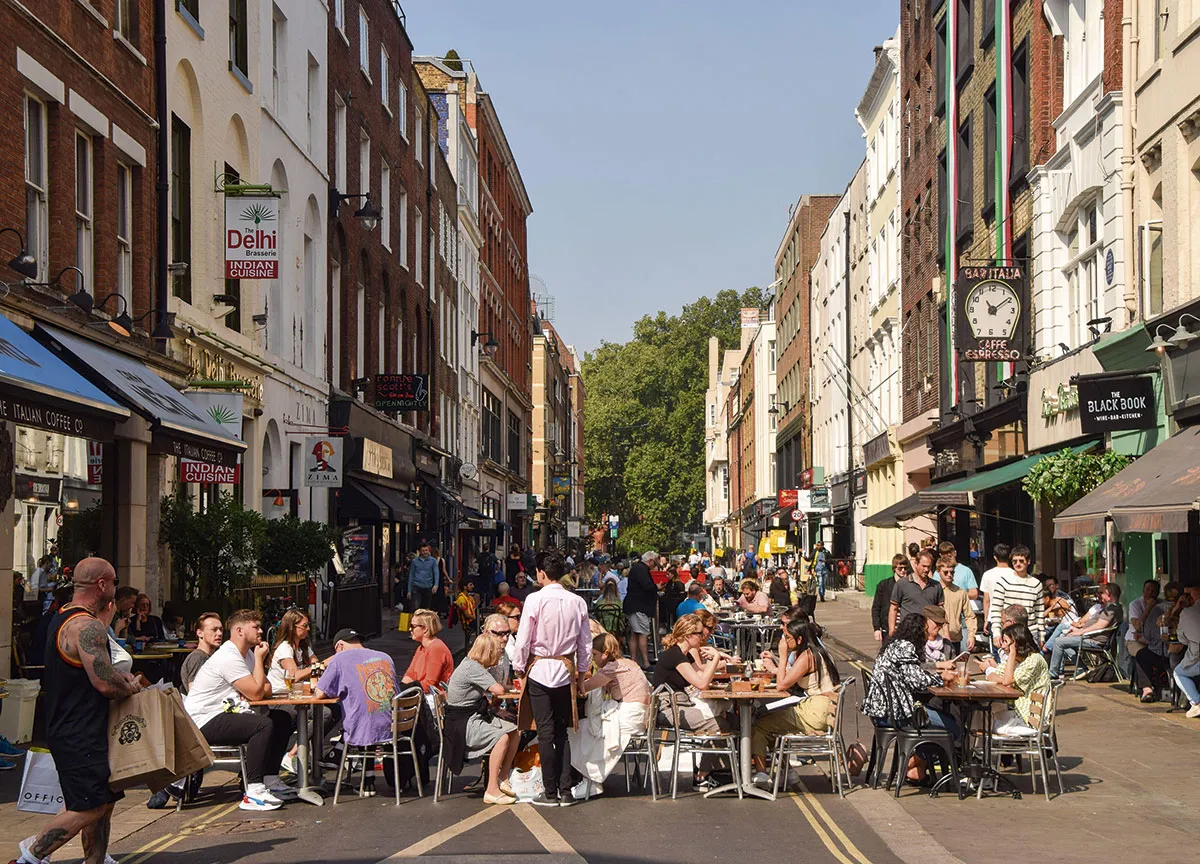
One word that crops up a lot when talking about the future of cities is ‘local’. The idea of making city centres ‘more local’, by encouraging the return of food shops selling locally sourced produce rather than chain stores, is frequently mentioned. Chain stores were already in decline before the pandemic hit, seeing a 6 per cent drop since 2017 according to figures from Deloitte.
One obstacle to changes like these, however, is human nature. We’re so used to our cities being the way they are that we can’t always envisage them being any different, or better. “Some people call it the reverse causality hypothesis,” says Walker. “This suggests that, whatever your environment is like, you tend to think it’s good. Your attitudes tend to be shaped by the environment more than the other way around.
"If your environment makes it easy to walk to the shops and makes it harder to drive, then you might grumble at first, because people don’t like change, but the chances are that a few months in, you’ll be doing it, so therefore you’ll like it.”
A solution for the last mile?
One of the most important changes cities must make to improve life in them is to separate people from their cars. Even when you have a strong public transport system moving people between population hubs, the last mile – that section between the railway station and someone’s home, for example – can lead to car use if it’s considered too far or too dangerous to walk.
The idea of a low-traffic neighbourhood (LTN) – where cars are banned from quieter ‘rat runs’ to keep them on the major routes – has taken off in parts of the UK. LTNs attempt to filter out cars from residential streets using bollards, camera-controlled gates or even planters full of flowers placed across the road, while pedestrians, cyclists and emergency vehicles can still pass. London had almost 3,700 such schemes in 2021, with as many as 25,000 traffic filters in place across the UK.
Analysis for the active transport charity Sustrans found that “driving a mile on a minor urban road is twice as likely to kill or seriously injure a child pedestrian, and three times more likely to kill or seriously injure a child cyclist, compared to driving a mile on an urban A-road,” and that heavy car traffic in residential areas can lead to a rise in social isolation. LTNs reduce this danger, leading to a three-fold reduction in injuries, and have been shown to increase the number of visitors to local businesses.
Also popular are e-scooter hire trials, which are taking place in towns and cities including Middlesbrough, Bristol and Chelmsford. The trials see gaggles of electric scooters available to be picked up from street corners. The scooters are hired using an app and then, once they’re finished with, parked elsewhere inside the trial area, where they’re collected and recharged by the hiring company.
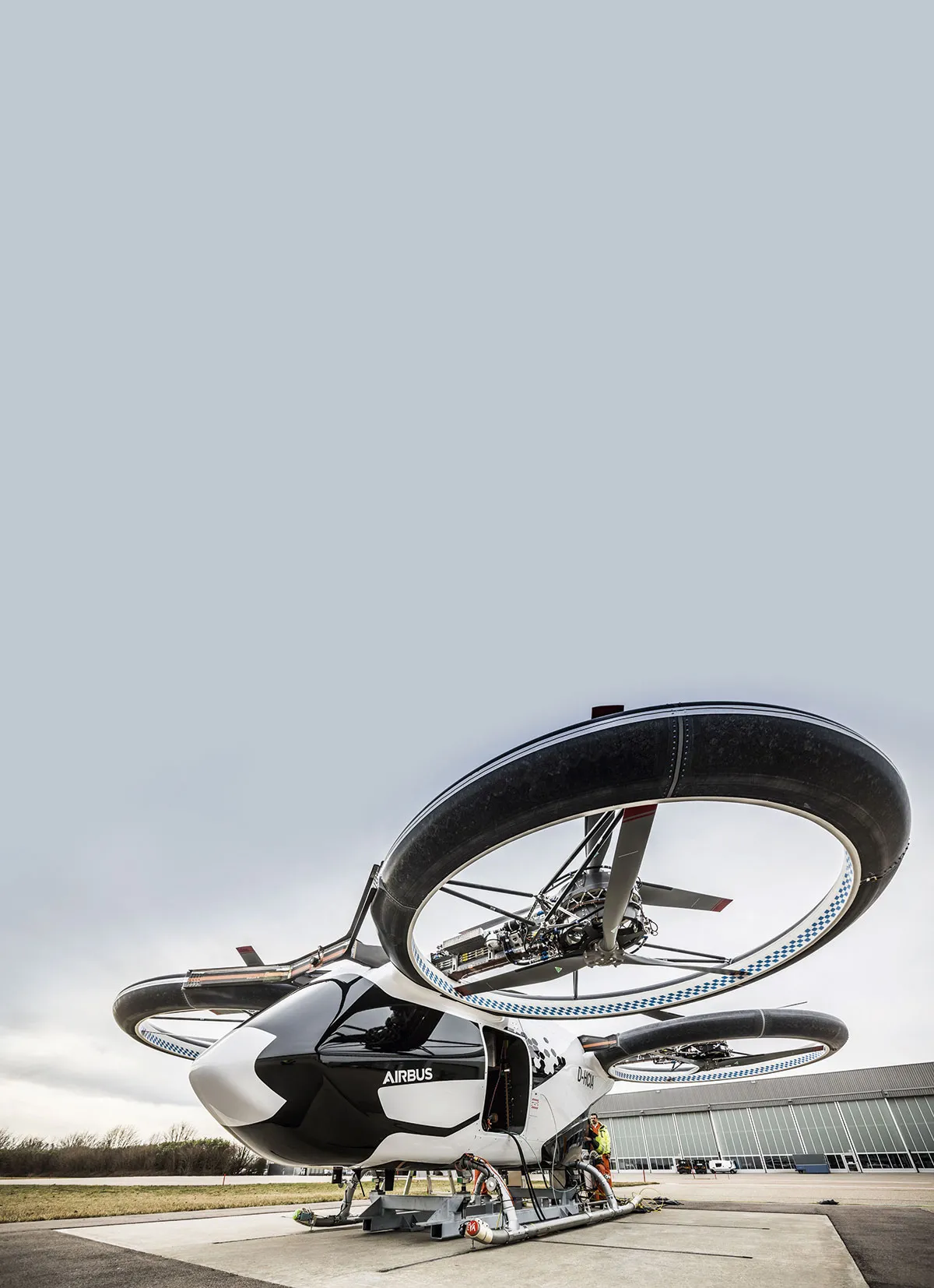
A Department of Transport report on e-scooter use found they were “widely perceived to have environmental and convenience benefits,” but suffered from comparisons to children’s toys. The trials are slated to continue until November 2022, at which point we’ll be able to get a better idea of whether they’re a feasible way to improve transport and emissions in our cities.
But that’s not all. The world’s first hub for demonstrating electric air taxis and drones opened in Coventry in early 2022. The taxis and drones based at the hub all take off and land vertically like helicopters and are being used to travel short journeys or deliver cargo. Urban-Air Port, the company behind the hub, has plans to open more than 200 of these ‘vertiports’ worldwide in the next five years. Urban Air Port founder Ricky Sandhu described it as “the starting gun for a new age of transport, an age of zero emission, congestion-free travel between and within cities that will make people healthier, happier and more connected than ever before”.
Weaning us off our car addiction is one of the more difficult barriers standing between us and healthier cities. Asked if the car is the number one problem with modern city living, Walker replies, “I think it is, because they become an accelerator of other problems.
"[Cars] permit living a long way from work, for example, and this, in turn, means people are less likely to socialise with people they work with. Cars also permit local authorities to build massive, horrible shopping centres on the edge of town that you can’t get to without a car.”
So while change in our cities is possible, it will require political will as well as the support of the people living in those cities in order to happen. But the first step that needs to be taken will be to tackle the dominance of the car.
- This article first appeared inissue 379ofBBC Science Focus Magazine–find out how to subscribe here
Read more about futurism:
